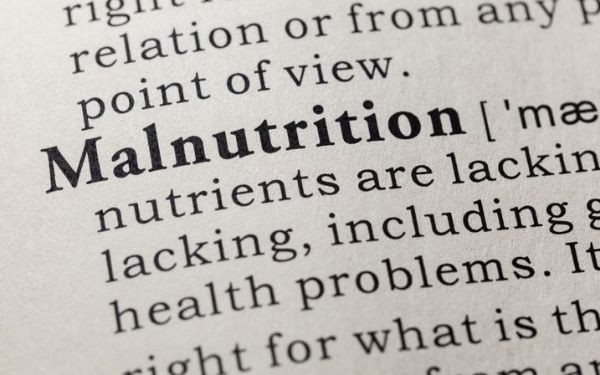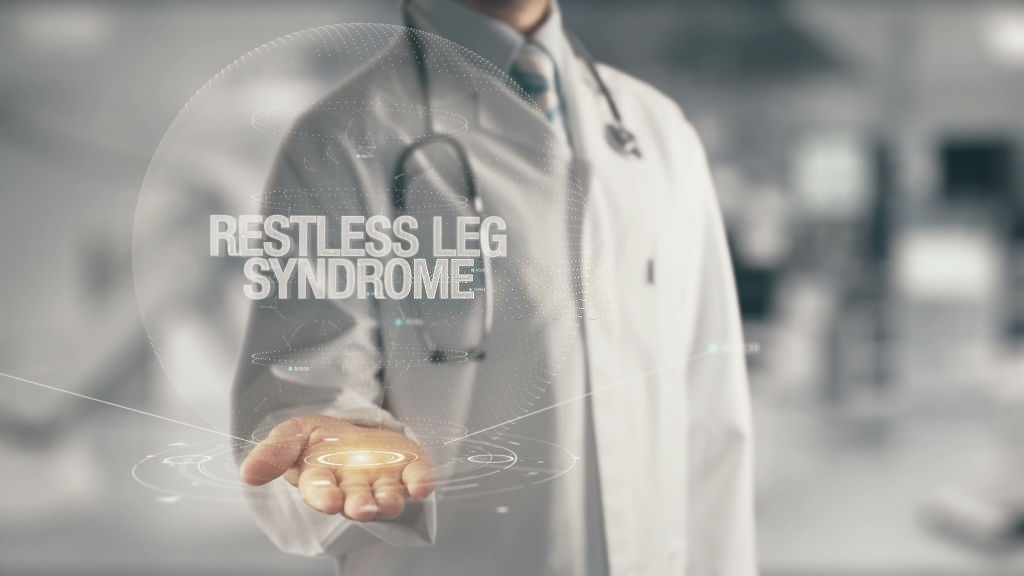Malnutrition is a universal problem in every low and middle wages country predominantly in Asia and South Asia. Learn all about malnutrition treatment and things to remember to cure this condition.
It is a condition where a person gets a diet lack of nutrients or excess of nutrients. Nutrients may include carbohydrate, protein, and other micro-nutrients. If malnutrition befalls in less than two years child, his mental and physical state ate more likely to be affected.
There are two common types of protein deficiency diseases among children are Kwashiorkor and Marasmus.
Malnutrition can refer to a condition in which a person has too little or limited diet or a state the body stops to acquire the right amount of nutrients. It can have several impacts on health, including life-threatening.
Malnutrition also states to deficiency, excess, or imbalance of intake of energy. It can lead to the following:
- Short and long term health problems
- Slow recovery from injuries and illnesses
- A high hazard of infection
- Trouble at focusing on work or school
Causes
Malnutrition may occur for several reasons. The reasons are following
1. Little Consumption Of Food
Some people are suffering from malnutrition because they don’t have enough food presented or might be having problems absorbing nutrients. It can be as a result of following
- Liver disease
- Cancer
- Difficulty in swallowing
- Having medications that troubles in eating
- Having a feeling of nausea.
2. Mental Health Conditions
Malnutrition or under-nutrition may disturb people with
- Schizophrenia
- Anorexia Nervosa
- Depression
- Dementia
3. Social and Mobility Problems
Reasons that may affect a person’s eating behavior and potentially lead to malnutrition embrace:
- Having difficulty in reaching the food stores
- Trouble in preparing meal physically,
- Live alone
- Have limited cooking skills
- Not have enough money to buy food
4. Digestive Disorder
If the body does not enthrall nutrients competently, even a healthy diet cannot avert malnutrition. Examples of digestive conditions are
- Celiac disease
- Ulcerative colitis
- Persistent diarrhea, vomiting, or sometimes both
- Crohn’s disease
5. Use of Alcohol
The intake of a large amount of alcohol may lead to gastritis or long-lasting damage to the pancreas. This can make it hard to digest food, absorb vitamins, and produce hormones that control metabolism.
It also contains calories, after which a person doesn’t feel hunger. Therefore, they don’t take healthy food to supply the essential nutrients to the body.

Signs and Symptoms Of Malnutrition
The signs and symptoms may include
- Lack of interest in food or appetite
- Fatigue and prickliness
- Lack of concentration
- Feeling cold
- Depression
- Fat, muscle mass, and body tissue loss
- Risk of getting sick and takes a longer time to heal
- Takes a longer time to heal wounds as well
- Risk of difficulties after surgery.
Therefore, a person may also confront difficulty in breathing and heart failure.
The symptoms and signs in children may include:
- Lack of growth and least body weight
- Fatigue and absence of energy
- Anxiety and irritability
- Slow behavioral and intellectual development, perhaps resulting in learning difficulties
Types of Malnutrition
Malnutrition has 3 terms of conditions that are discussed below:
1. Under-Nutrition
Under-nutrition can be shaped into four broad forms, i.e. stunting, deficiencies of minerals and vitamins, wasting, and underweight. It makes a child vulnerable to disease and death.
Stunting is of low height for age. It is the product of chronic or persistent undernutrition, typically associated with low socioeconomic factors, low maternal and nutritional health, regular illness, and/or early-life inadequate feeding and care of infants and young children. Stunting keeps children from achieving their physical and cognitive capacity.
Wasting is a low weight for height. This indicates severe weight loss because a person doesn’t have enough food or he has an infectious disease, such as diarrhea that causes weight loss. There is an increased risk of death for a young child who is moderately or seriously wasteful, however, treatment is necessary.
Underweight children are with low weight for age. An underweight child may be stunted, wasted, or both.
2. Micro-nutrient Malnutrition
It is referred to as the inadequate amount of vitamins and minerals. It facilitates the body to generate enzymes, hormones, and other products that are essential for proper human growth and development.
According to the global health terms, vitamin A, iodine, and iron are the most important terms and their deficiency is a major threat to the growth and development of the human body particularly includes children and women of low-income countries.
3. Overweight And Obesity
An overweight and obese child is referred to as who has more weight than the height. There is a technique of weight for a height that is used to categorize overweight and obesity, known as BMI (bone mass index). It defines a person’s weight in kilograms divided by the height of the person in meters.
The BMI of adults is 25 or more, however, the weight of an obese person is 30 or more. Obesity and overweight are the results in the imbalance between the consumed energy i.e. too much and the expended energy i.e. too little.
Globally people are having foods and drinks that have more sugar and fat and they engage less in physical activities.
Treatment Of Malnutrition
A doctor makes a treatment plan when he diagnoses malnutrition. Patient should also arrange a meeting with the nutritionist and healthcare providers. The severity of malnutrition and the involvement of any other underlying conditions or complications will decide the treatment.
It includes
- Constant screening and supervision
- Having a meal schedule that may involve supplements
- Treating particular symptoms, such as nausea
- Treating any existing disease
- Test mouth or swallowing issues
- Recommended alternative dietary utensils
In some severe cases, a person needs to:
- Visit hospital
- Start taking nutrients progressively for several days
- Intravenous administration of nutrients such as potassium and calcium
Moreover for malnutrition treatment, the healthcare team will continue to monitor and ensure if they are getting the nutrition they require.
Prevention
People require consuming an adequate amount of nutrients in their food variety. The adults, young children, and people with serious or chronic illness and rest will require special care to ensure if they are receiving the required nutrients.
The recovery will depend on the cause of malnutrition.
Low-income countries are tired of such a situation,
Help and provide them an adequate amount of nutrition.















0 Comments